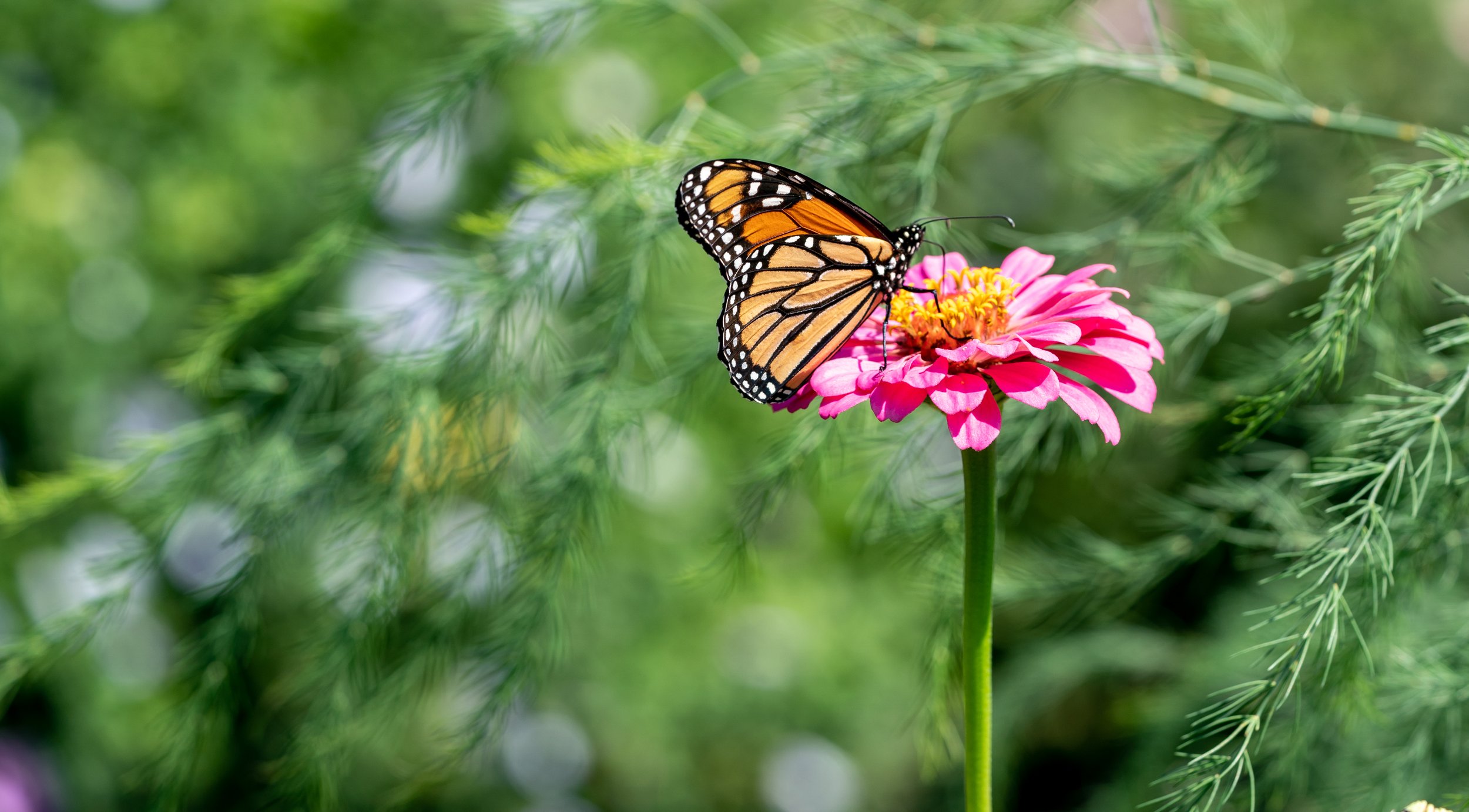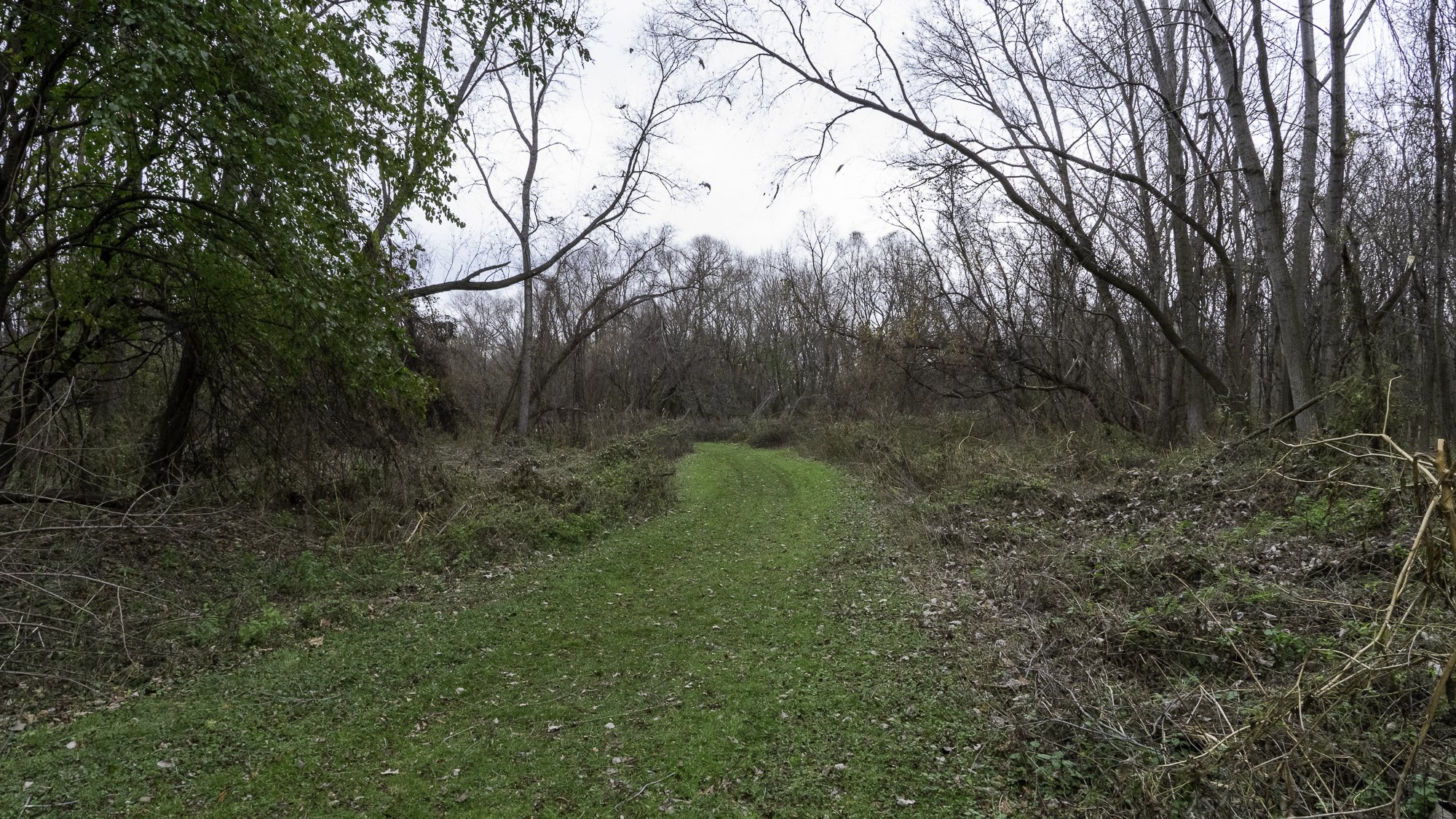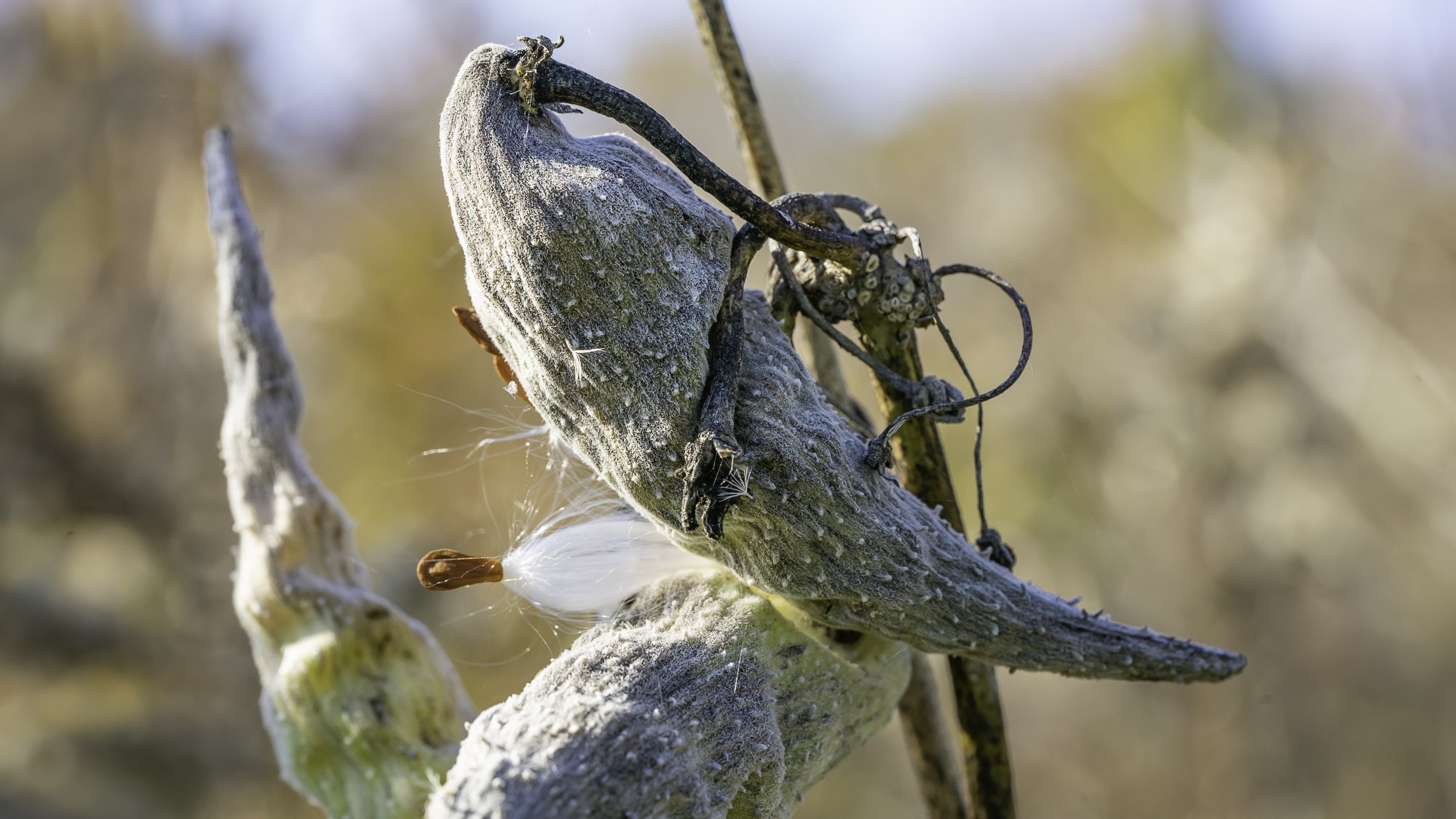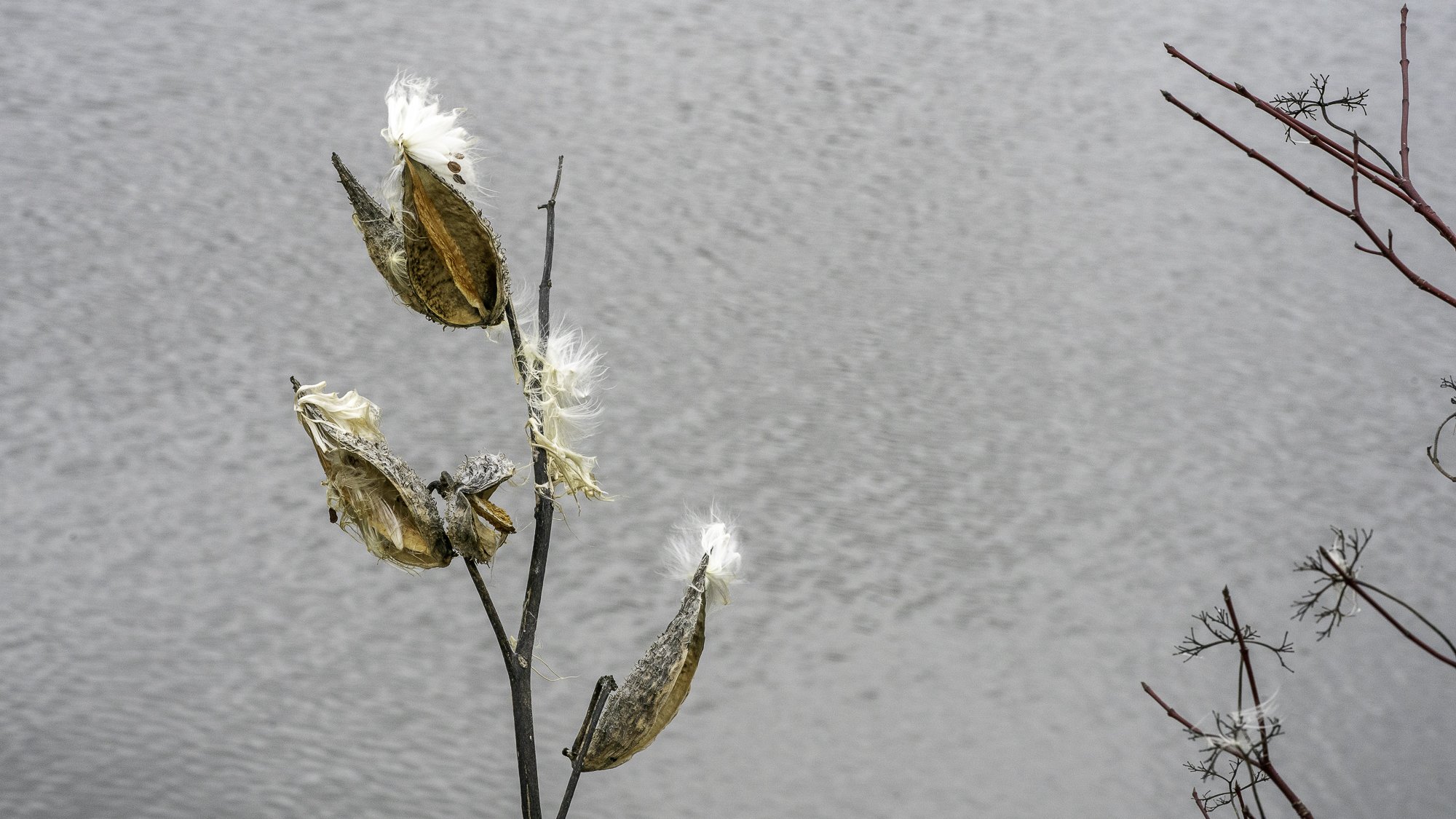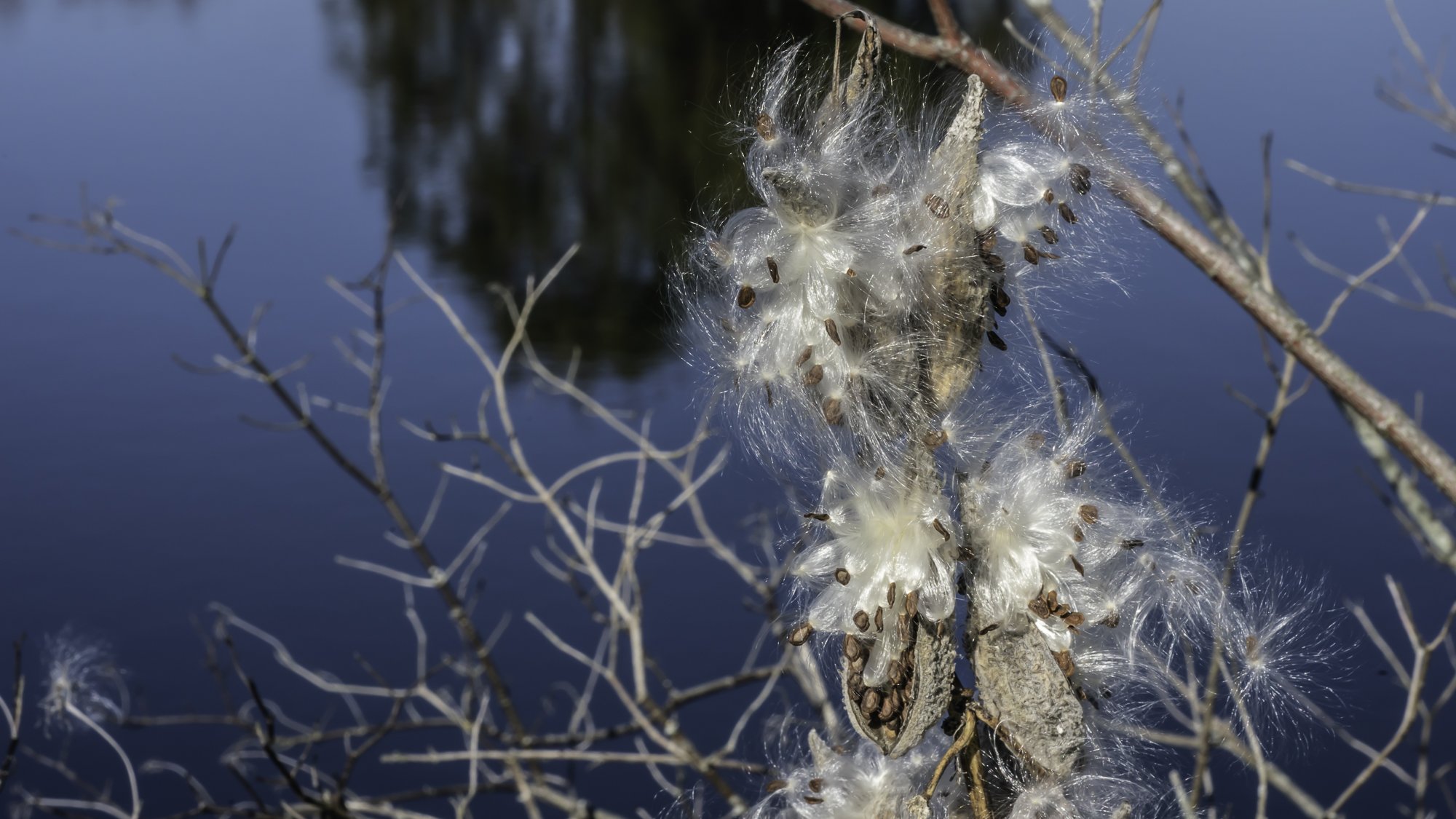Monarch & Milkweed
I have grown increasingly concerned with the understanding of our world's dying population of butterflies. Butterflies are not only beautiful; they serve a greater need to pollinate our plants and provide population control to our plants that feed us all. The monarch butterfly is on the verge of extinction. Across Lake Erie in Canada, the monarch butterfly begins its migration journey to Mexico's Oyamel Fir Forest. There are many obstacles to overcome along the monarch's journey and its lifespan to migrate into Mexico. The common milkweed plant is crucial for the monarch butterfly to survive. Milkweed is the only plant that the monarch butterfly's larvae can feed off of. It's the milkweed plant that the monarch butterfly lays its eggs on, and the larvae can feed off the milkweed. The milkweed creates the defense for the monarchs because of the toxicity of the milkweed building a natural defense to keep butterflies from becoming prey. The monarch butterfly has a symbiotic relationship with the milkweed plant, helping pollinate the plant and enjoying its nectar. The recent decline in the monarch butterfly population directly relates to the deterioration of the common milkweed plant. Ontario Canada put milkweed on the noxious weeds list, causing its eradication in Canada. Today in Ohio, there are conservation efforts to help the butterflies once they journey across the Great Lakes and repopulate the common milkweed throughout our park systems like Cleveland Lake Front Preserve. Researchers say that we have lost approximately 90% of our butterfly population over the last two decades. Without our help, someday, there may not be monarch butterflies.
